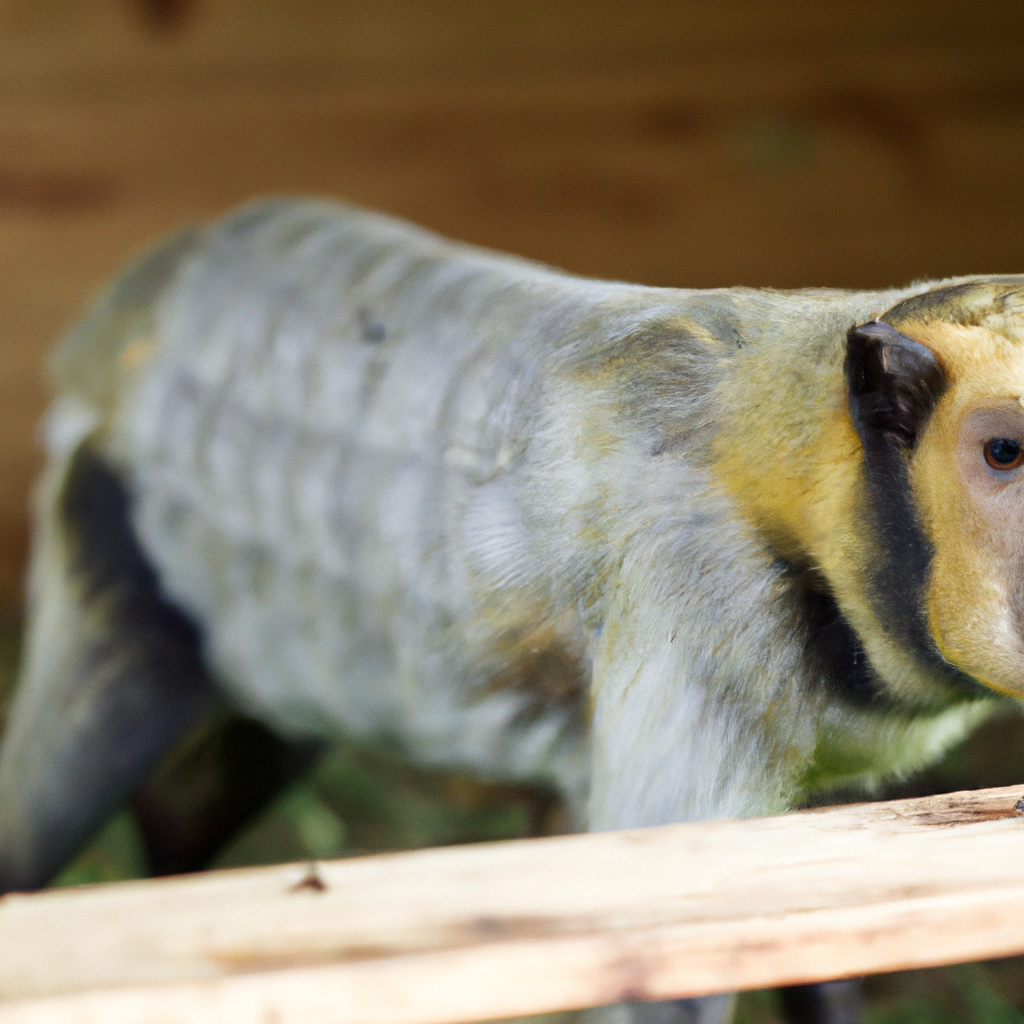Honey collection is an essential process in beekeeping and honey production. The extraction of honey from bee hives is a delicate process that requires skill, patience, and the right tools. In this article, we will explore how honey is collected from bee hives, the equipment needed, and some beekeeping practices that ensure the process is successful.
Beekeeping and Honey Production
Beekeeping is an agricultural practice that involves the breeding and management of honeybees for the production of honey and other products like beeswax, pollen, and royal jelly. The practice has been around for centuries and has evolved over time, with modern beekeepers using sophisticated technology and equipment to maximize honey production.
Beekeepers manage colonies of bees in areas known as apiaries. They provide the bees with a conducive environment, including food, water, and shelter, and ensure that they are healthy and disease-free. The bees, in turn, work tirelessly to produce honey, which beekeepers extract from the hives using various methods.
Honey Collection Process
The honey collection process involves several steps, including:
1. Preparation
Before harvesting honey, beekeepers prepare the hives by removing the outer covers and smoking the bees with a bee smoker. The smoke calms the bees, making them less aggressive and more manageable during the extraction process.
2. Removal of Honeycomb
The honeycomb is the structure that bees use to store honey and raise their young. Beekeepers remove the honeycomb frames from the hives and brush off the bees to prevent them from getting into the extracted honey.
3. Uncapping
After removing the honeycomb frames, beekeepers use a hot knife or capping scratcher to remove the wax cappings that cover the honey. This process exposes the honey, making it easier to extract.
4. Honey Extraction
Honey extraction is the process of removing honey from the honeycomb. Beekeepers use specialized equipment like honey extractors, which use centrifugal force to spin the honey out of the comb. The honey flows out of the extractor and into a collection container, where it is filtered to remove any impurities.
5. Bottling
After filtering, the honey is ready for bottling. Beekeepers use jars or bottles of different sizes to package the honey, which is then labeled and stored for sale or personal use.
Beekeeping Practices
The honey collection process is delicate, and beekeepers must adhere to certain practices to ensure that it is successful. Some of these practices include:
1. Timing
Beekeepers must time the honey collection process correctly, depending on the honey flow in their area. This ensures that there is enough honey in the hives to sustain the bees and that the bees have enough time to replenish their honey stores before winter.
2. Hygiene
Beekeepers must maintain high levels of hygiene during the honey collection process to prevent contamination. They must use clean equipment and work in a clean environment to avoid introducing bacteria or other contaminants into the honey.
3. Safety
Beekeepers must prioritize their safety during the honey collection process. They must wear protective clothing like bee suits, gloves, and veils to protect themselves from bee stings.
Conclusion
Honey collection is a crucial process in beekeeping and honey production. Beekeepers must have the right equipment, skills, and knowledge to ensure that the process is successful. By adhering to best practices like timing, hygiene, and safety, beekeepers can maximize honey production while ensuring that the bees remain healthy and productive. The honey industry relies on these practices to produce high-quality honey that is enjoyed by millions of people worldwide.







